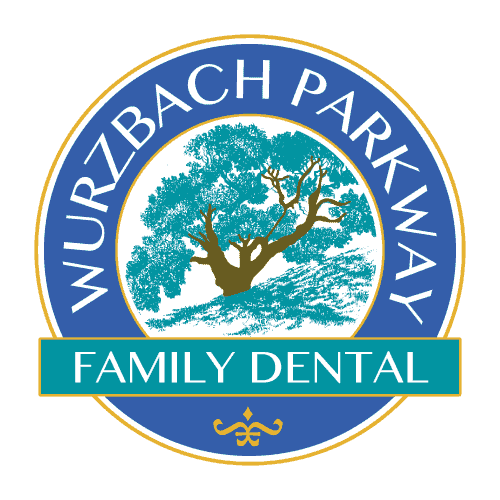Treating Receding Gums: A Guide to Restoring Your Smile
Receding gums, also known as gingival recession, can be a common and concerning dental issue for many adults. It not only affects the aesthetics of your smile but also poses risks to your oral health. However, the good news is that receding gums can be treated effectively. In this blog post, we’ll explore the causes of receding gums, the potential risks, and, most importantly, the treatment options available to restore your gums and smile to their healthy state.
Understanding Receding Gums
Receding gums occur when the gum tissue that surrounds and protects the teeth starts to wear away, exposing the tooth’s root. This can lead to several problems, including tooth sensitivity, increased risk of decay, and the development of pockets where harmful bacteria can thrive.
Common Causes of Receding Gums
Understanding the causes of receding gums is the first step towards effective treatment. Here are some of the most common factors contributing to gum recession:
1. Gum Disease (Periodontitis)
One of the leading causes of receding gums is gum disease, specifically periodontitis. This inflammatory condition damages the supporting structures of the teeth, including the gums and bone, leading to gum recession if left untreated.
2. Aggressive Brushing
Brushing your teeth with excessive force or using a hard-bristle toothbrush can wear down the enamel and gum tissue, contributing to gum recession.
3. Genetics
Some individuals may be genetically predisposed to gum recession. If it runs in your family, you may be at a higher risk.
4. Tobacco Use
Smoking or using tobacco products can increase the risk of gum disease and gum recession due to reduced blood flow to the gums.
5. Hormonal Changes
Hormonal changes, such as those during pregnancy or menopause, can affect gum health and potentially lead to gum recession.
Treatment Options for Receding Gums
The good news is that there are several effective treatments for receding gums, depending on the severity of the condition:
1. Scaling and Root Planing
For mild cases of gum recession caused by gum disease, a non-surgical treatment called scaling and root planing may be recommended. This procedure involves removing plaque and tartar from the tooth surfaces and smoothing the root surfaces to help the gums reattach to the teeth.
2. Gum Grafting
In more advanced cases, where gum tissue loss is significant, a gum grafting procedure may be necessary. During this surgery, a small piece of tissue is taken from another area of your mouth or a donor source and grafted onto the receded area to cover the exposed roots.
3. Pinhole Surgical Technique (PST)
PST is a minimally invasive procedure that involves making small holes in the gum tissue and gently repositioning it to cover the exposed roots. This technique typically results in less discomfort and faster recovery compared to traditional gum grafting.
4. Improved Oral Care Practices
Regardless of the treatment option chosen, maintaining good oral hygiene practices is crucial to preventing further gum recession. Your dentist will provide guidance on proper brushing and flossing techniques and recommend the right products to use.
Receding gums should not be ignored, as they can lead to serious dental and oral health issues. If you’re experiencing gum recession, don’t hesitate to seek professional help. Wurzbach Parkway Family Dental can assess the condition of your gums and recommend the most suitable treatment option to restore your gums and enhance both your oral health and your smile. Remember, early intervention can make a significant difference in preserving your gum health and overall well-being.
Call us at (210) 877-2273 today!


